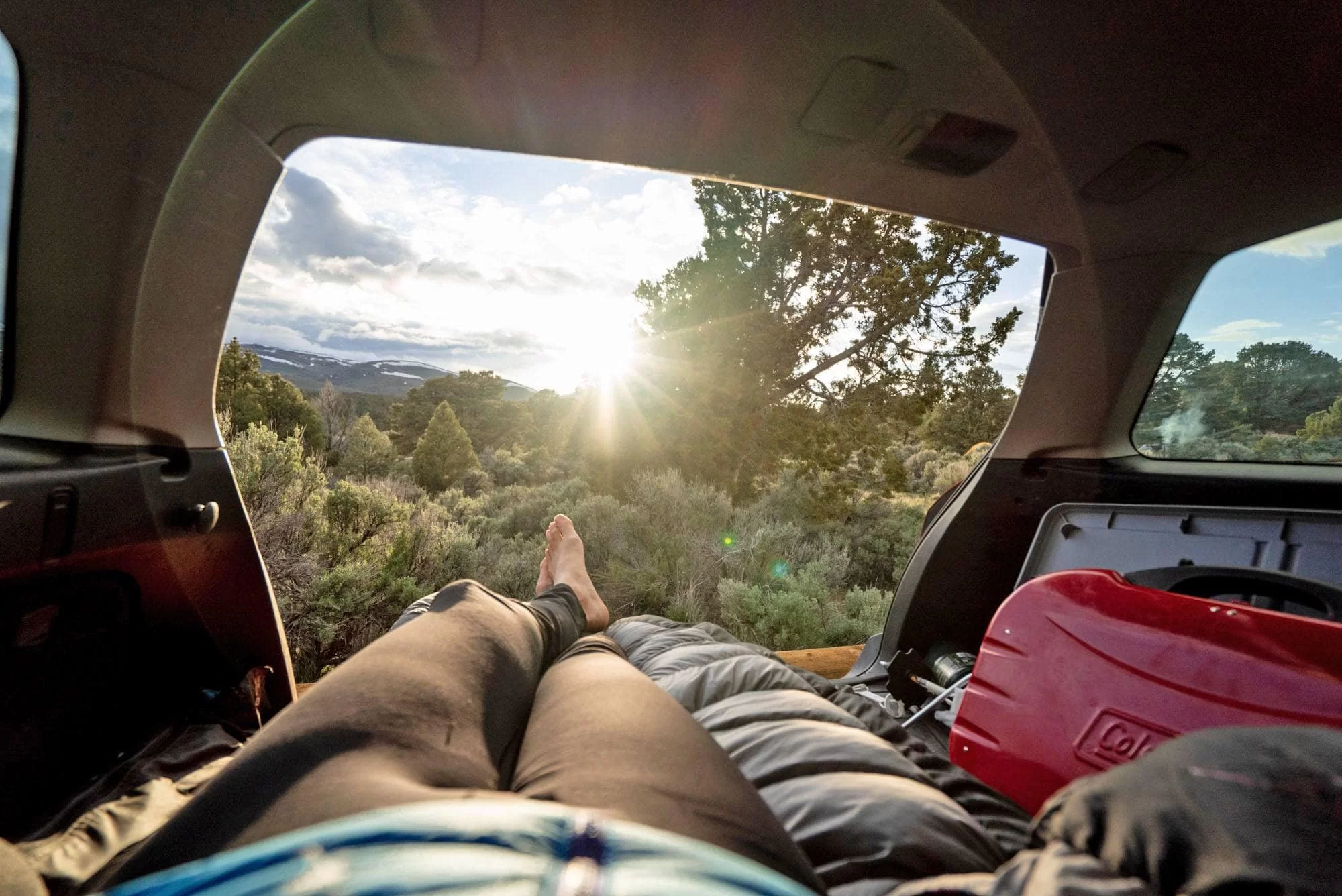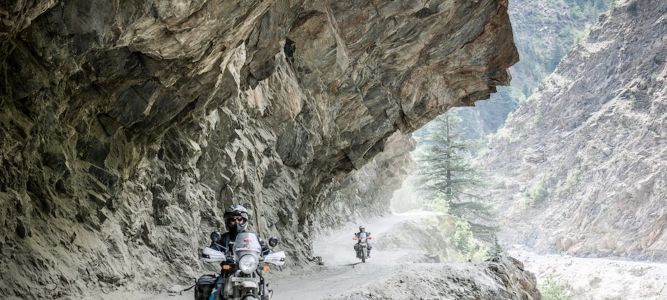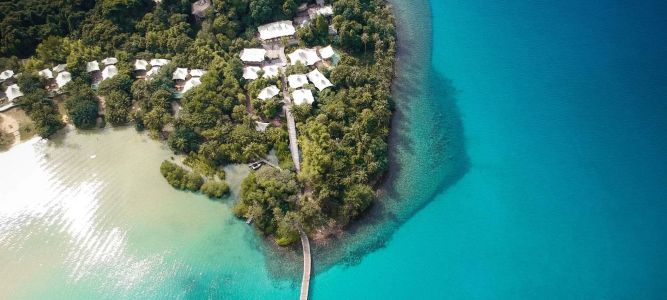How to Navigate a Solo Adventure Trip Safely
- Planning Your Solo Trip
- Choosing Safe Destinations
- Packing for Your Solo Adventure
- On-the-Road Safety Tips
- Connecting with Local Communities
Planning Your Solo Trip
Embarking on a solo adventure can be one of the most thrilling experiences, but proper planning is crucial for safety. Before you book that ticket, make sure to thoroughly research your destination. Understand the local culture, customs, and any potential safety concerns.
Start by checking travel advisories from your government, and ensure you have all necessary visas and documentation. Research transportation options, accommodations, and emergency contacts. You’ll want a solid itinerary but also some flexibility to embrace spontaneity safely.
Personal Experience: I once planned a solo trek to the Patagonian wilderness. The excitement of adventure was palpable, but I spent days researching the terrain, weather conditions, and most importantly, local emergency contacts. This gave me peace of mind and a safety net should anything go wrong.
Choosing Safe Destinations
Some destinations are better suited for solo travelers than others. While adventure is part of the allure, certain places offer a safer environment for those venturing alone. When choosing a destination, consider factors such as political stability, accessibility to medical facilities, and the presence of other travelers.
Popular solo adventure destinations, like Iceland or New Zealand, offer well-maintained trails, accessible emergency services, and a reputation for being solo traveler-friendly. On the other hand, remote locations in the jungle or areas with political unrest may not be ideal for solo adventuring unless you have extensive experience.
Personal Experience: On my solo trip to New Zealand, I felt completely safe, as the country’s well-established infrastructure and helpful locals made navigating both the cities and remote treks manageable.
Packing for Your Solo Adventure
Packing light and smart is essential for a safe solo adventure. You’ll want to carry the essentials without weighing yourself down. Key items include a reliable backpack, first-aid kit, waterproof clothing, and any gear specific to your adventure activity (hiking boots, trekking poles, etc.).
Additionally, make sure to carry copies of important documents such as your passport, travel insurance, and emergency contacts. Keep these in separate locations, like a safe spot in your backpack and a digital version on your phone.
Pro Tip: Don’t forget a portable charger for your phone and GPS device. Being able to navigate or contact someone in case of an emergency could make all the difference when exploring remote areas.
On-the-Road Safety Tips
While on your solo adventure, staying vigilant is key. Always inform a trusted friend or family member about your itinerary, and update them regularly. Avoid walking alone after dark in unfamiliar areas, and trust your instincts – if something feels off, move away from the situation.
In remote or less-developed destinations, it’s a good idea to carry a local SIM card or a satellite phone for better communication. Never leave your belongings unattended, and if you’re heading into the wilderness, make sure someone knows your exact route and expected return time.
Personal Experience: I remember hiking alone in the Swiss Alps. While the scenery was mesmerizing, I made sure to keep a regular check-in schedule with my family. It gave me an extra sense of security, knowing they knew where I was.
Connecting with Local Communities
One of the joys of solo adventure travel is the opportunity to immerse yourself in different cultures. Connecting with locals not only enhances your travel experience, but it also helps with safety. Locals can provide insights on current conditions, advise on areas to avoid, and even offer helpful tips on hidden gems in the area.
Engaging with local guides or joining group tours can also be a great way to navigate unfamiliar terrain safely. In some areas, local guides are essential for ensuring you have a safe and enriching experience.
Pro Tip: If you're heading into more remote areas, consider hiring a local guide to navigate the terrain, especially if you're trekking or hiking in the wilderness.
If you're ready to embark on your own solo adventure, make sure to plan, pack, and navigate safely with these tips. To explore destinations, book tours, or get more expert travel advice, visit Travelers Odessa for the best solo adventure packages and helpful resources.






